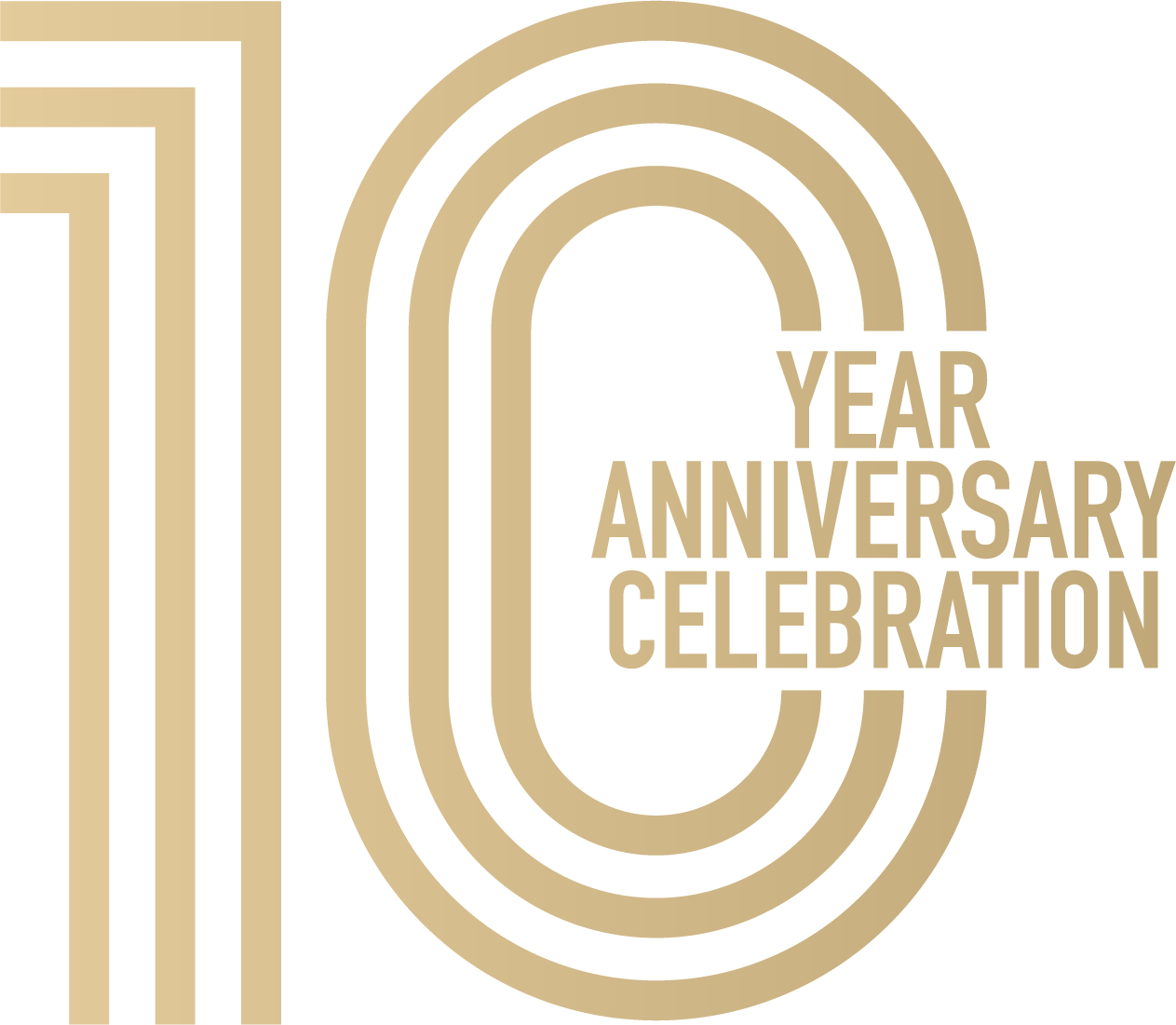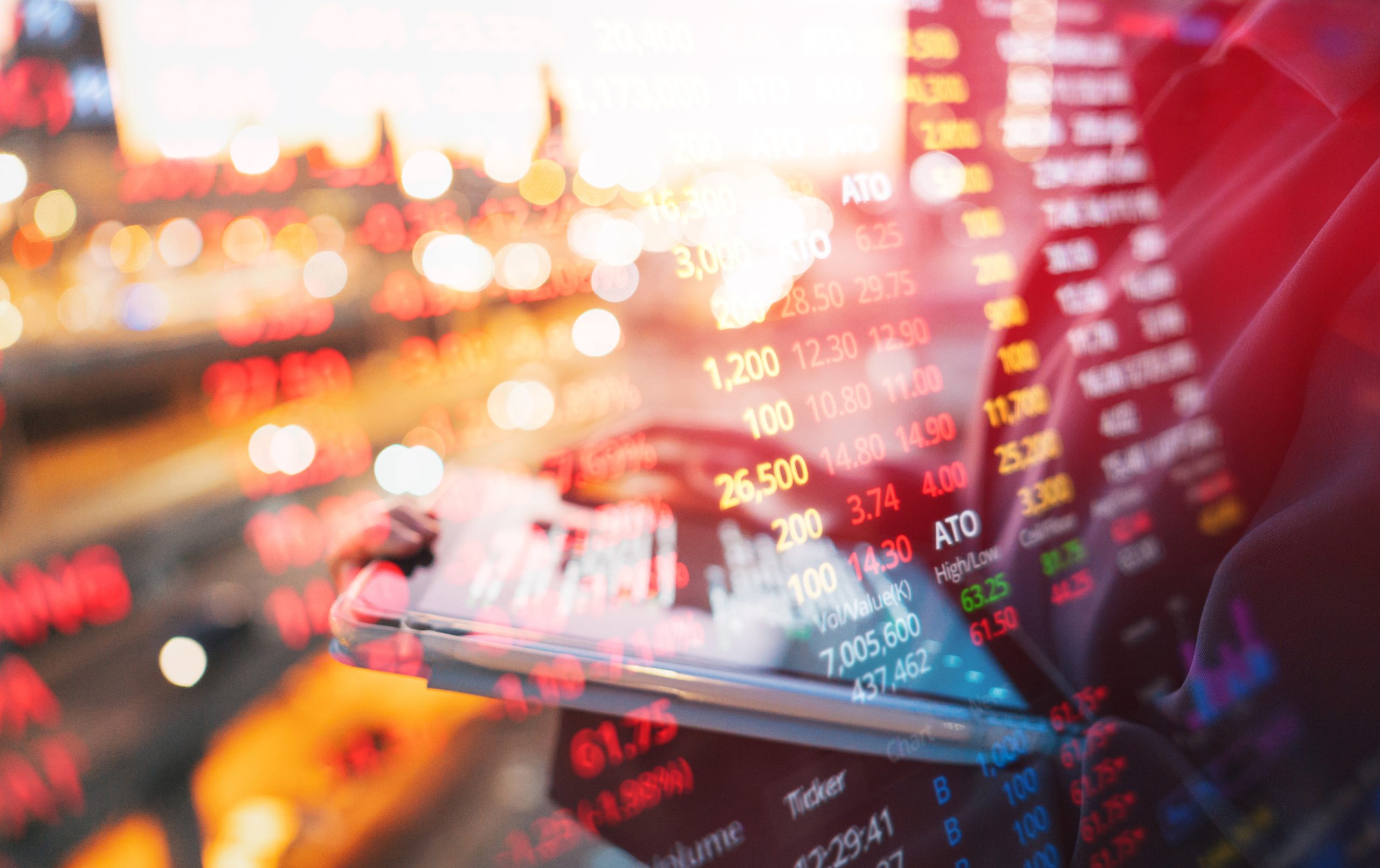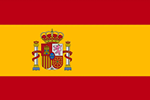🇬🇧 Regno Unito
Questa settimana i produttori di alcolici del Regno Unito hanno ricevuto un gradito sostegno grazie a un nuovo accordo commerciale con l'India che ha ridotto le tariffe punitive sugli alcolici importati dal 150% al 75%. Il whisky scozzese e il gin britannico sono quelli che guadagneranno di più, con i distillatori del Regno Unito che prevedono un'impennata delle esportazioni in uno dei mercati degli alcolici di qualità in più rapida crescita al mondo.
Nel frattempo, la distilleria Girvan ha fatto notizia con il lancio di un raro whisky di grano singolo di 60 anni, al prezzo di 10.000 sterline a bottiglia. In un'ambiziosa mossa per posizionare la Scozia all'apice degli alcolici invecchiati, è in programma anche il lancio di un whisky di 100 anni.
Sul fronte economico, l'industria del whisky del Regno Unito sta dimostrando una certa resistenza nonostante i più ampi venti contrari a livello globale. Con un fatturato annuo stimato di 7,6 miliardi di sterline e un CAGR previsto del 3,4%, il settore continua a puntare su strategie di premiumisation, con collezionisti sempre più attenti alla rarità, alla provenienza e alla diversità delle annate.
Londra è stata anche al centro della scena geopolitica, ospitando colloqui di alto livello tra Stati Uniti e Cina. Gli incontri, tenutisi a Lancaster House, hanno segnato un timido allentamento delle tensioni, concentrandosi su Taiwan, sulla governance dell'intelligenza artificiale e sugli squilibri commerciali. Sebbene non siano state annunciate importanti svolte politiche, entrambe le parti si sono impegnate a riaprire i canali di comunicazione militari e a collaborare per il controllo del fentanil - una vittoria silenziosa ma significativa per la diplomazia internazionale e un richiamo al ruolo di Londra come hub neutrale e strategico.
Sul fronte dell'innovazione, la London Tech Week 2025 ha lanciato un messaggio forte: La Gran Bretagna è seriamente intenzionata ad affermarsi nella corsa globale alla tecnologia. L'evento ha richiamato personalità di spicco dell'economia digitale, ma è stato il CEO di NVIDIA Jensen Huang a rubare la scena. In un discorso molto applaudito, Huang ha descritto il Regno Unito come "posizionato in modo unico per essere leader nell'era dell'intelligenza artificiale", citando la sua eredità accademica, la sua lungimiranza normativa e il suo crescente ecosistema di startup tecnologiche di frontiera.
Il suo discorso ha sottolineato il ruolo centrale dell'elaborazione accelerata e dei modelli di IA sovrani, esortando i governi a pensare oltre i chip e a puntare su infrastrutture a lungo termine e sullo sviluppo dei talenti. La presenza di Huang ha segnalato una forte fiducia nel Regno Unito come partner nella scalata globale dell'IA, in particolare in settori come la sanità, la finanza e la sicurezza nazionale.
Il primo ministro Sir Keir Starmer, presente alla sua prima Tech Week da leader, ha colto l'occasione per delineare la visione laburista per un'economia guidata dal digitale. Ha promesso un aumento degli investimenti in R&S, il sostegno a quadri etici di intelligenza artificiale e un più stretto allineamento tra università e imprese private. Il suo messaggio è stato chiaro: l'innovazione sarà fondamentale per il rinnovamento economico del Regno Unito.
Altrove, durante l'evento, l'AI Safety Institute del Regno Unito ha approfondito i suoi legami con i principali operatori del settore, tra cui OpenAI e Microsoft, mentre una raffica di annunci di venture capital ha lasciato intendere un rinnovato appetito per la deep tech nonostante un contesto macro cauto. Nel complesso, la London Tech Week ha rafforzato l'ambizione della capitale non solo di partecipare alla prossima rivoluzione industriale, ma anche di contribuire a plasmarla.
🇺🇸 Stati Uniti
Dopo due anni difficili, il mercato del vino statunitense sta finalmente mostrando segni di vita. I dati del primo trimestre del 2025 hanno rivelato un aumento dell'8,6% delle importazioni di vino e del 3,4% dei ricavi totali del vino, portando il valore totale del mercato statunitense a circa 109 miliardi di dollari. La ripresa è guidata da una forte crescita del settore horeca e dal graduale ritorno dei consumatori millennial e Gen Z al segmento premium.
Tuttavia, le prospettive per il whisky americano sono più complesse. Le esportazioni continuano a incontrare difficoltà a causa del ripristino dei dazi UE e del rallentamento della domanda globale. A livello nazionale, i volumi sono leggermente diminuiti (~1-2%) nell'ultimo anno, spingendo i distillatori a ripensare sia i modelli di prezzo che la distribuzione internazionale.
Le tensioni politiche hanno aggiunto ulteriore complessità. A Los Angeles, l'amministrazione Trump ha dispiegato l'assistenza federale dopo quattro giorni di disordini civici legati agli arresti dell'ICE. La risposta ha incluso l'uso della Guardia Nazionale e il Segretario alla Difesa Pete Hegseth, ex conduttore di Fox News, ha minacciato l'uso dell'esercito statunitense.
Ieri, durante un'audizione al Congresso, il segretario Hegseth ha dichiarato che gli Stati Uniti hanno "piani per ogni evenienza" quando gli è stato chiesto se gli Stati Uniti devono essere pronti "a prendere la Groenlandia e Panama con la forza".
Gli Stati Uniti hanno dichiarato di non essere coinvolti nel bombardamento israeliano dei siti nucleari iraniani, un'escalation che rischia di far precipitare la regione in un conflitto sempre più profondo. Il Segretario di Stato Marco Rubio ha rilasciato una dichiarazione subito dopo l'inizio degli attacchi, affermando che Israele ha intrapreso "un'azione unilaterale" e avvertendo l'Iran di non fare ritorsioni contro gli Stati Uniti. "Non siamo coinvolti in attacchi contro l'Iran e la nostra priorità assoluta è proteggere le forze americane nella regione", ha dichiarato Rubio. "Voglio essere chiaro: l'Iran non deve prendere di mira gli interessi o il personale degli Stati Uniti".
Tuttavia, il Presidente Trump è appena intervenuto sugli eventi in corso avvertendo che l'Iran deve accettare un accordo sul nucleare "prima che non rimanga nulla", suggerendo che i prossimi attacchi di Israele contro il Paese potrebbero essere "ancora più brutali". Il Primo Ministro israeliano Netanyahu ha dichiarato che l'"Operazione Leone Levante" ha colpito il principale impianto di arricchimento dell'Iran a Natanz, gli scienziati nucleari e quello che ha definito "il cuore del programma di missili balistici dell'Iran". L'agenzia di stampa iraniana Tasnim ha riferito che sei scienziati nucleari sono stati uccisi.
In questo clima, i produttori americani - soprattutto quelli che esportano in misura significativa - devono affrontare non solo le mutevoli condizioni economiche, ma anche uno scenario geopolitico complesso e in evoluzione.
🇪🇺 Europa
Il mercato europeo delle bevande di lusso è in continua evoluzione. All'inizio di quest'anno, l'UE ha reimposto una tariffa del 50% sul whisky americano, una decisione considerata sia simbolica che strategica nell'ambito dei negoziati in corso tra Stati Uniti e Unione Europea. Il risultato è un ambiente difficile per i marchi che fanno affidamento sui flussi transatlantici.
In risposta alla crescita più lenta del previsto di diverse linee di prodotti, Diageo ha annunciato l'intenzione di tagliare 500 milioni di dollari di costi e di dismettere le attività non strategiche entro il 2028, segnalando un approccio più snello e agile per il prossimo ciclo economico.
Per quanto riguarda i vini, diverse case bordolesi di spicco hanno frenato le nuove uscite dopo campagne en primeur deludenti, riflettendo il sentimento di cautela del mercato e la crescente preoccupazione per la sensibilità dei prezzi a livello globale - tuttavia, ci sono forti dibattiti sulla qualità dell'annata 2024.
🌏 L'Asia
L'Asia rimane la regione più dinamica per la crescita degli spiriti. L'India, in particolare, continua a dominare i titoli dei giornali. Le importazioni di whisky irlandese in India sono aumentate del 58% in volume nel 2024, mentre i volumi di vodka sono saliti del 17%. Con l'entrata in vigore del taglio dei dazi doganali tra Regno Unito e India, c'è un forte ottimismo sul fatto che il whisky scozzese e quello giapponese possano espandere la loro presenza nelle città indiane, sempre più ricche.
Altrove in Asia, Vinexpo Asia ha riaffermato il ruolo centrale della regione nel futuro del vino e degli alcolici. Gli importatori di Singapore, Vietnam e Taiwan stanno spostando l'attenzione verso i piccoli produttori a conduzione familiare con credenziali di sostenibilità, riflettendo un'evoluzione sfumata delle priorità dei consumatori asiatici.
La settimana, tuttavia, è stata oscurata dalla tragica notizia del volo Air India AI169, che era in rotta da Ahmedabad a Londra Gatwick. L'aereo è stato costretto a effettuare un atterraggio di emergenza poco dopo il decollo a causa di quella che è stata poi confermata come una grave emergenza medica a bordo. Nonostante la rapida risposta dell'equipaggio e del personale medico a terra, un passeggero è purtroppo deceduto durante il volo. L'incidente ha suscitato nuove richieste di miglioramento dei protocolli medici in volo e ha sottolineato le sfide che le compagnie aeree devono affrontare nella gestione delle rotte a lungo raggio in presenza di un intenso volume di passeggeri.
Air India ha espresso le proprie condoglianze alla famiglia colpita e ha confermato una revisione interna dell'evento. Per molti, la tragedia è servita a ricordare che, in un contesto di crescita record dei settori asiatici dell'aviazione e del turismo, il benessere dei passeggeri rimane di primaria importanza.
🪙 Metalli: Oro e rame
L'oro ha esteso il suo rally questa settimana, con i futures che sono saliti al massimo storico di 3.466,75 $/oz, spinti dal nervosismo del mercato in vista della decisione della Fed del 18 giugno e dalle accresciute tensioni in Medio Oriente. I prezzi a pronti si sono mantenuti forti intorno ai 3.304 $/oz, riflettendo la continua domanda degli investitori per gli asset difensivi.
I prezzi del rame, invece, sono rimasti fermi. Sul COMEX, il rame si è assestato in una fascia compresa tra 4,80 e 4,90 $/lb, mentre il prezzo a 3 mesi dell'LME si è attestato vicino a 9.765 $/tonnellata. Gli analisti hanno notato che l'aumento della domanda per la costruzione di data center e infrastrutture AI è stato un fattore chiave, con un aumento dei prezzi dei rottami di rame di circa il 5% nell'ultima settimana. Con l'accelerazione della transizione verde a livello globale, il racconto a lungo termine del rame rimane rialzista nonostante il consolidamento a breve termine.
🛢️ Olio
I mercati petroliferi sono saliti questa settimana in risposta alla drammatica escalation delle tensioni in Medio Oriente. Dopo l'attacco mirato di Israele alle strutture nucleari e militari iraniane, i timori di un conflitto regionale più ampio hanno fatto salire i prezzi in modo vertiginoso.
Nel pomeriggio di venerdì, il Brent è stato scambiato a 74,66 dollari al barile, mentre il WTI è salito a 73,63 dollari, segnando i guadagni più consistenti in una sola settimana da oltre un anno. Gran parte del movimento è stato determinato dai premi per il rischio geopolitico, con gli operatori che hanno valutato la possibilità di un'interruzione dei flussi di petrolio attraverso lo Stretto di Hormuz - un punto di strozzatura responsabile di circa un quinto del commercio globale di petrolio.
Sebbene i prezzi si siano stabilizzati al di sotto della soglia dei 75 dollari, al momento in cui scriviamo la volatilità rimane elevata. Gli analisti notano che se le ostilità dovessero continuare o ampliarsi, il Brent potrebbe testare i 90-100 dollari al barile, con proiezioni nel peggiore dei casi che raggiungono i 120-130 dollari. Al contrario, se le tensioni si attenuano, l'eccesso di offerta nella seconda metà del 2025 - dovuto agli aumenti di produzione dell'OPEC+ e alla costante produzione di scisto statunitense - potrebbe bloccare qualsiasi rally sostenuto.
Sullo sfondo, persistono le preoccupazioni macroeconomiche. Le banche centrali rimangono caute e gli operatori osservano con attenzione la riunione della Fed della prossima settimana per avere indicazioni sui tassi di interesse e sull'inflazione. Per il momento, il petrolio si trova al crocevia tra geopolitica, politica monetaria e psicologia di mercato.
🔍 Pensieri finali
Questa settimana ha sottolineato quanto siano diventati strettamente interconnessi i mercati odierni, dove la geopolitica, la tecnologia, gli investimenti nel settore del lusso e l'energia possono far ruotare il sentiment globale nel giro di poche ore.
Nel Regno Unito, i principali accordi commerciali e la diplomazia di alto livello pongono Londra al centro degli affari globali. Dai colloqui tra Stati Uniti e Cina a Lancaster House ai toni accesi della London Tech Week - con in testa Jensen Huang di NVIDIA - la Gran Bretagna si sta posizionando come una potenza diplomatica e digitale, mentre il whisky scozzese può trarre vantaggio dalla recente riduzione dei dazi indiani.
Gli Stati Uniti hanno trascorso una settimana complessa, bilanciando i segnali economici di ripresa del mercato del vino con le tensioni interne e internazionali. L'amministrazione Trump ha risposto ai disordini civici di Los Angeles e ha assunto una posizione misurata dopo l'attacco di Israele all'Iran, cercando di contenere la volatilità senza alimentare l'escalation.
L'Europa ha dovuto affrontare le continue frizioni tariffarie e la ricalibrazione strategica. I piani di razionalizzazione di Diageo e la lentezza dei rilasci en primeur riflettono una regione che si sta adattando al cambiamento dell'appetito dei consumatori e al mutamento del panorama commerciale.
In Asia, i mercati degli alcolici rimangono vivaci, con l'India in testa. Ma l'ottimismo è stato mitigato dalla tragica morte di un passeggero a bordo di un volo Air India diretto a Londra, che ci ha ricordato il lato umano della mobilità globale.
I mercati delle materie prime hanno rispecchiato le tensioni della settimana. L'oro è salito ai massimi storici, spinto dall'avversione al rischio, mentre il rame è rimasto fermo grazie alla domanda di infrastrutture a lungo termine. Il petrolio ha subito un'impennata in seguito allo scontro tra Israele e Iran, ma il suo percorso futuro rimane incerto, tra conflitto ed eccesso di offerta.
In definitiva, questa è stata una settimana in cui i mercati si sono mossi non solo in base ai numeri. Si sono mossi in base alla leadership, alla diplomazia, alla tragedia e al polso sempre mutevole dell'ambizione globale. Per gli investitori, i collezionisti e gli osservatori, rimanere vigili e adattarsi rimane non solo prudente, ma essenziale.








